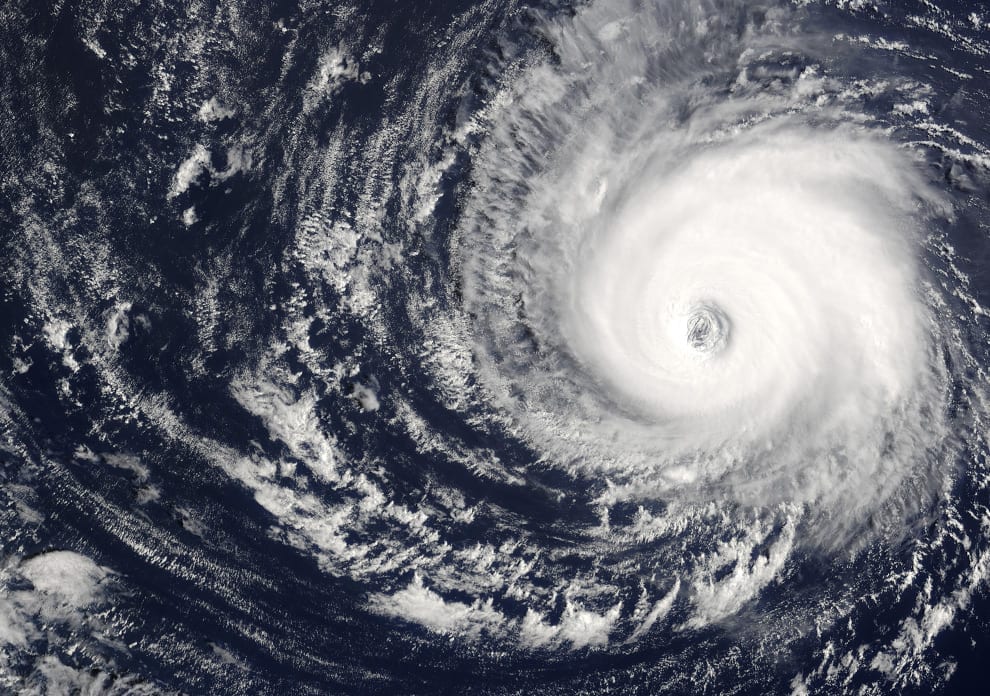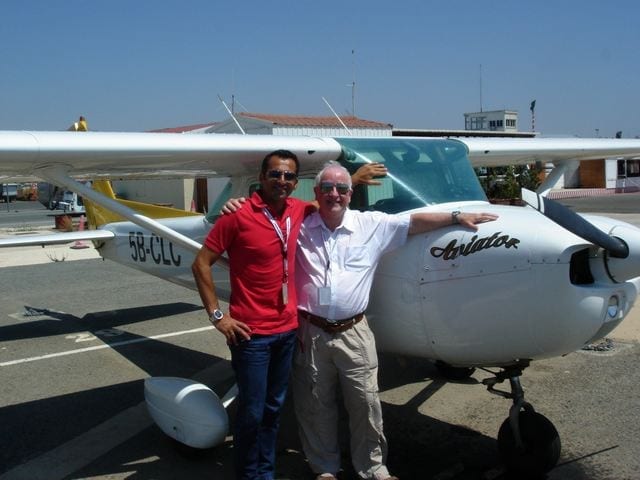Late in March 2020, just before the Covid-19 travel restrictions started to bite (in Australia anyway), I received a call from pilot friend Hew asking if I was available to help him pick up his RV-7 from Longreach. He had left it there some weeks earlier following a brake fire that damaged a wheel spat and gear leg fairing.
The brake problem had now been rectified and the aircraft awaited collection from Longreach. Straight line distance from Cairns (YBCS) to Longreach (YLRE) is around 830km (450nm or 515sm) but much further by road, so the only option for getting there and back in the one day was by air. Hew had borrowed hangar mate Michelle’s RV-6A to fly to Longreach and retrieve his aircraft. All that he needed now was another pilot to accompany him in the RV-6A, then fly that aircraft back home to Cairns. Was I available? You betcha!
I had flown Michelle’s RV-6A before but thought it would be better for Hew to fly the aircraft to Longreach while I watched him operate the new Garmin unit that had replaced the Dynon I was familiar with. That would give me a chance to update myself on the Garmin before the solo flight home.
Weather along the coast near our Cairns departure point was mostly VFR with occasional rain showers and low cloud along the coastal ranges being produced by a strong on shore wind. The forecast for later in the day indicated deteriorating conditions extending further inland and could make crossing VFR back over the coastal range difficult. No such problem for Hew as both he and the RV-7 were IFR-capable. I would have to return VFR, which was no real problem due to the plentiful inland alternates available and my retired status.
The visual departure from Cairns and out through the gap at Stoney Creek (SCRK) was uneventful with conditions rapidly improving as we headed inland with blue sky for the remainder of the flight. Once across the range we were in uncontrolled G airspace, requiring a few CTAF overfly broadcasts and apart from monitoring area frequencies, no interaction with ATC. Longreach itself is an uncontrolled aerodrome.
After refuelling our aircraft and giving Hew’s RV-7 a thorough pre-flight, we taxied in company for departure from Longreach. Departure time was a little later in the day than we had anticipated, but there was still ample daylight for the trip home to Cairns and for any weather diversions that might be needed. Mareeba, on the western side of the coastal ranges, would be my main alternate with Chillagoe (YCGO) well out to the west if the weather really went bad.
Inland temperatures in North Queensland at that time of the year can be quite high, producing plenty of thermal activity and the formation of thunderstorms in the more humid air, especially closer to the coast. Hew climbed the RV-7 to 8000ft on an IFR plan, I followed in the RV-6A at the VFR level of 7500ft with a true airspeed of around 150 knots.
We parted ways at Hughenden (YHUG), where Hew tracked direct to Cairns while I continued on via Mount Garnet (YMRT) and Mareeba (YMBA). A few minutes after passing Hughenden, a descent to 5500ft was necessary to remain under a lowering cloud base that had started to form. Soon enough, approaching the Mount Garnet area, rain and patches of low cloud forced further descent to 3500ft and lower with some diversions either side of track to remain in VMC. Clearer conditions were visible out to the west and would provide an easy escape route in that direction should the need arise.
This is where it gets a bit tricky. When flying in light rain it’s possible to see a long way ahead but lack of visual clarity through a rain spattered windscreen can result in a pilot unintentionally getting very close to the top of hills and ridges without noticing, especially where the terrain ahead is gradually increasing in height. With that in mind, I did not descend any lower than necessary while I orbited about 20nm short of Mareeba, looking for a way through.
Sadly, the year before a quite experienced Cessna 182 pilot died in a CFIT accident in similar conditions in the same area. His aircraft hit the top of a ridge just 14km short of his Atherton (YATN) destination. Low cloud and heavy showers were moving through the area at the time.
Between Mount Garnet and Mareeba, the terrain begins a gradual slope up to around 4300ft just to the east of track. Today the high ground was completely covered by low cloud, with just a few narrow shafts of sunlight breaking through. The GPS map proved to be invaluable in that situation, keeping me orientated and away from the high ground.
I eventually diverted about 20nm to the west to get around the low cloud and rain blocking the way. From there the path to Mareeba, Stoney Creek, and Cairns was, much to my surprise, wide open. ATC had advised me earlier when I came into VHF range that Stoney Creek weather was marginal for VFR so for once my luck was in. A short hold was required at Stoney Creek while waiting for a clearance, then I made it the last few miles into Cairns. Hew had landed only a few minutes before me. We hangared the RVs, compared notes, and called it a day.
I had thoroughly enjoyed the unexpected flight and the opportunity to practice my weather avoidance skills. Thanks again Hew. It was unfortunate that we didn’t have time to visit the QANTAS Founders Museum at Longreach, but that will keep as an excuse for another flight.
- When VFR is the only option, fly to the blue sky - January 6, 2021















Here in my location in the USA, i am just outside of Chicago. People from the other areas call us flat landers. So no real mountain ranges to worry about. However, i fly out west once a year to visit my mother, who is just east of the rocky mountains. I have never gone over or around said mountains, nor would ever think of it without additional training. Especially with me being a VFR only pilot. The terrain is quite beautiful from my angle approaching, but that’s as far as i am going to take it at this point.)
What turned out to be the longest cross country I have ever taken was when I flew my Ercoupe from Wash DC down to Columbia SC, part of my move to a new job in Florida. I assessed the weather without calling Flight Service, since it looked just great, but when I got to my planned refueling stop in NC it was IFR. I could have just kept going; it was clear up above, but instead I flew 40 miles back to the north to Roanoak Rapids and refueled there. The elderly couple running the place went to lunch and I waited for them to get back so I could use the bathroom before taking off again.
It was clear all the way to Columbia, but I was one tired puppy when I got there. Thinking about it, I realized that if I had called Flight Service it would have changed nothing. If my NC refueling stop had been IFR then would have gone to take a look anyway, since there were many alternative stops.
Besides, they had a drink machine at Roanoak Rapids that served the products in old fashioned bottles and metal patio chairs that were exactly like the ones I grew up with. It was almost like time travel; I probably should have asked the elderly couple what year it was.